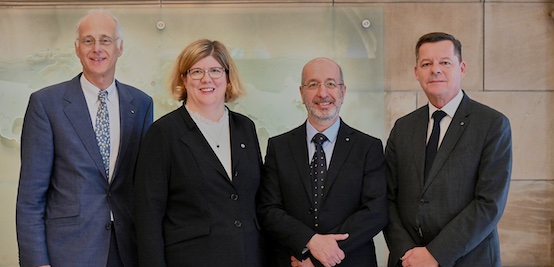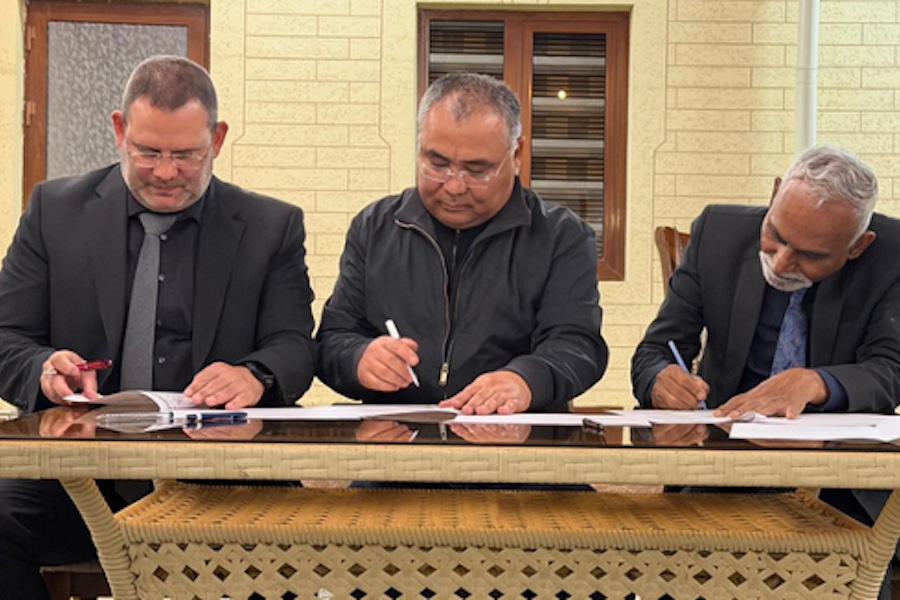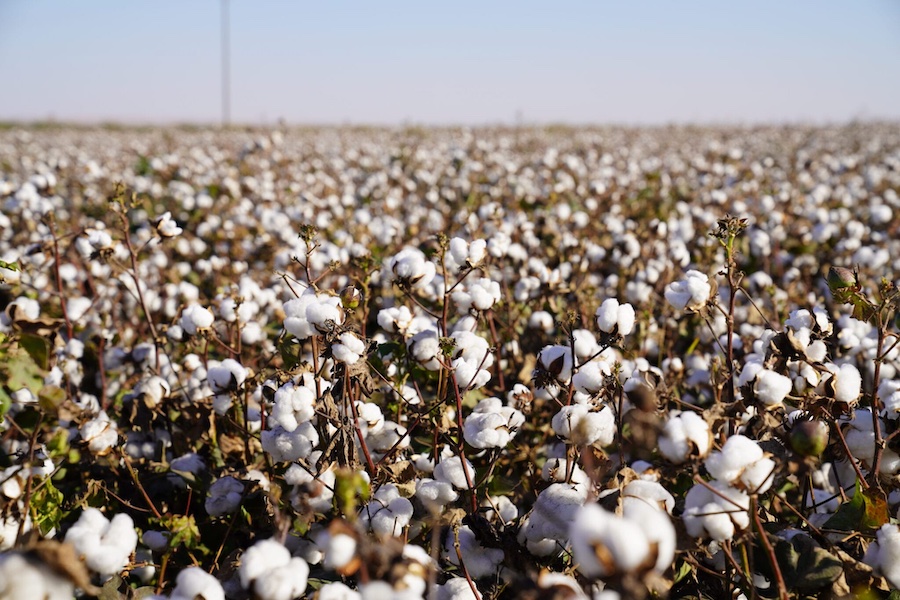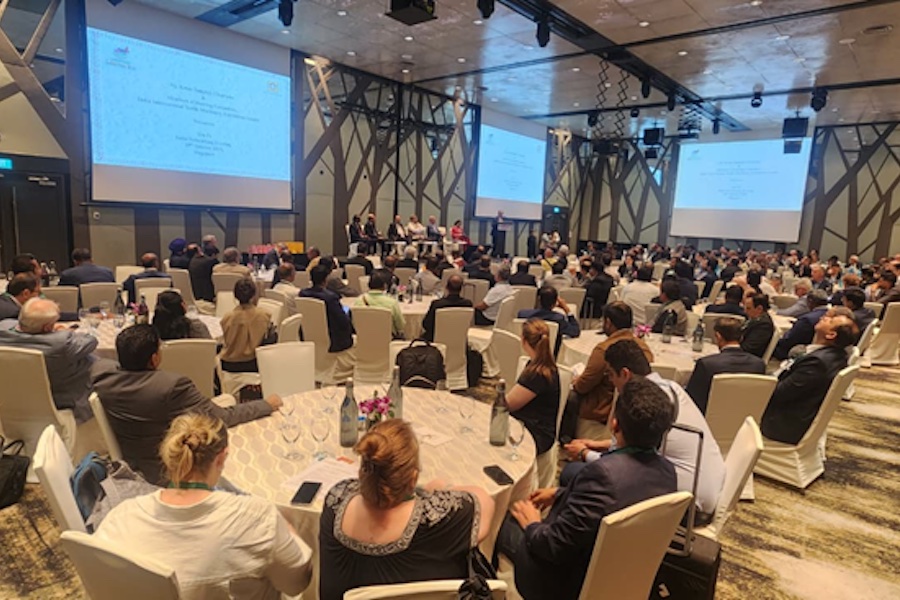#Raw Materials
Cotton-supported study highlights potential dangers of microplastics in synthetic fibers

Analyst Veronica Bates Kassatly and statistician Dr. Terry Townsend have compiled a report on microplastics, which is now published by the Bremen Cotton Exchange. The report is available in electronic format and can be downloaded from the BBB website.
Bates Kassatly/Townsend found in a report that microplastics are ubiquitous, and evidence of serious harm is mounting. Micro and nanoplastics have been associated in various studies with myocardial infarction, stroke, or death. They have been identified in the human bone marrow ??of leukemia patients. According to the author´s findings brain samples from those who had dementia, including Alzheimer’s disease, contained up to ten times more plastic by weight than healthy samples.
Chemicals associated with these synthetic textile polymers are a key aspect of this concern. Some 2,566 chemicals are either marketed for use in PET, are present in PET, or are released from PET. Only 31 of these are known to be not hazardous,
31 % are known to be hazardous, but the vast majority are without hazard data.
Accordingly, plastic microfibers are a completely different hazard category than other microfibers and must be treated as such in Life Cycle Assessments (LCAs) and Product Environmental Footprints (PEFs). Recognizing this fundamental difference, the European Commission’s March 2024 resolution on the Green Claims Directive specified that the PEF for Apparel and Footwear must incorporate a microplastic assessment.
Conflicts of interest instead of science
However, the sources tapped by both the French and EU PEFs to evaluate microfiber impact are not scientific organizations, but entities created and funded by vested interests. The conflicts of interest stemming from the involvement of stakeholders deeply tied to the production of plastic apparel undermine the scientific foundations of environmental legislation and impede the effective management of long-term environmental challenges.
Fashion value chain LCAs/PEFs must make it clear that plastic fibers contain hazardous chemicals, and such fibers may create exposure to the different chemicals used throughout the item's life cycle.
In their 31-page report on the treatment of microplastics in LCAs and PEF applications, Veronica Bates Kassatly and Terry Townsend recommend that just as packaging for tobacco products must include a health warning, a warning would be appropriate on point-of-sale packaging for all products containing synthetic fibers.

The report was published with funding of Cotton Incorporated and is available for download at: https://baumwollboerse.de/en/our-topics/sustainability/danger-warning-about-microplastics/



canva-900-1.jpg)

canva-554.jpg)







